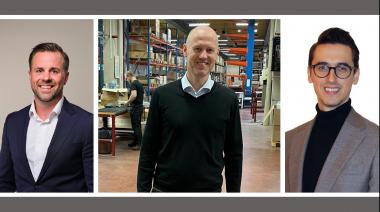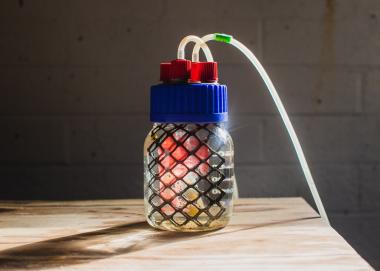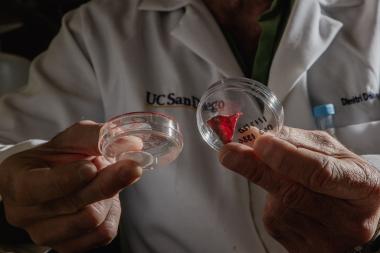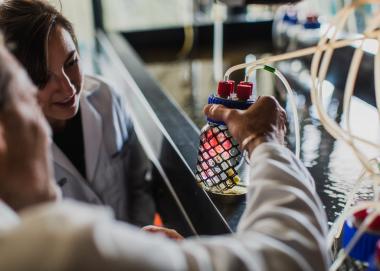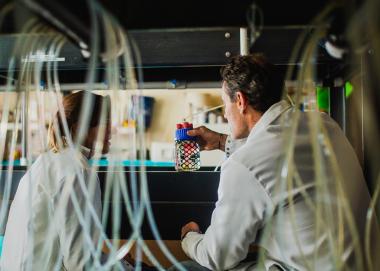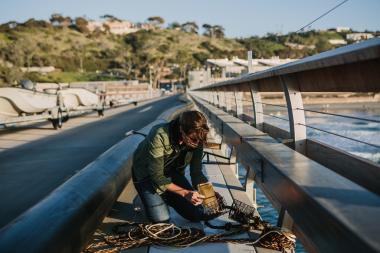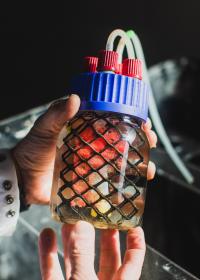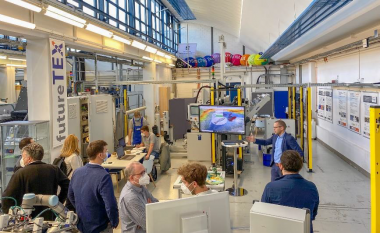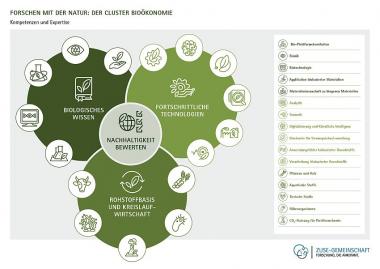BTE fusioniert mit BDSE und BLE zum BTE Handelsverband Textil Schuhe Lederwaren
Am 15. November hat das Vereinsregister Köln die Verschmelzung des Bundesverbands des Deutschen Schuheinzelhandels e.V. (BDSE) und des Bundesverbands des Deutschen Lederwaren-Einzelhandels e.V. (BLE) auf den BTE rechtswirksam in das Vereinsregister eingetragen. Neuer Name des fusionierten Verbandes ist „Bundesverband des Deutschen Textil-, Schuh- und Lederwareneinzelhandels e.V. (BTE), die meist verwendete Kurzform lautet „BTE Handelsverband Textil Schuhe Lederwaren“. Die Verschmelzung ist rückwirkend zum 1. Januar 2021 erfolgt.
Vorausgegangen waren am 20. August drei außerordentliche digitale Delegiertenversammlungen von BTE, BDSE und BLE, die ohne Gegenstimmen die Verschmelzung auf den BTE beschlossen. Zudem hat die digitale BTE-Delegiertenversammlung eine Satzungsänderung mit der entsprechenden Namensänderung beschlossen.
Ziel der Verschmelzung ist es, die bereits seit Jahren enge Zusammenarbeit mit einem gemeinsamen Büro und Geschäftsführungen in Personalunion weiter zu intensivieren, zu vereinfachen und vor allem zum Wohle der Textil-, Schuh- und Lederwarenbranche effizienter zu gestalten. Die zentralen Gründe:
- Verbandsstrategisch: Die Landesverbände der Einzelhandelsorganisation, die gleichzeitig auch die Mitgliedsverbände von BTE, BDSE und BLE sowie des Handelsverband Deutschland HDE sind, wünschen zur Optimierung eine Fusion der Bundesfachverbände.
- Sortimentspolitisch: In allem drei Branchen haben sich die Sortimente in den letzten Jahren weiter vermischt. Immer mehr Handelsunternehmen führen mittlerweile Textilien, Schuhe und Lederwaren.
- Kosten: Durch die Zentralisierung interner (Verwaltungs-)Dienste wird der bürokratische Aufwand gesenkt
- Effizienz: Durch die größere Einheit werden Doppelarbeiten vermieden und die Interessenvertretung des Textil-, Schuh- und Lederwarenhandels vor dem Hintergrund immer größer werdender politischer und wirtschaftlicher Verbundräume gestärkt.
Auch nach der Verschmelzung wird es eine eigene Facharbeit für die Sortimentsbereiche Schuhe und Lederwaren geben. Dazu werden eigene Arbeitskreise für Schuhe und für Lederwaren gegründet sowie das BTE-Präsidium um Vertreter aus dem spezialisierten Schuh- und Lederwarenhandel erweitert.
BTE
BTE/BLE/BDSE/VDB









